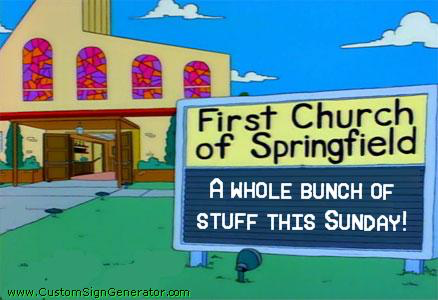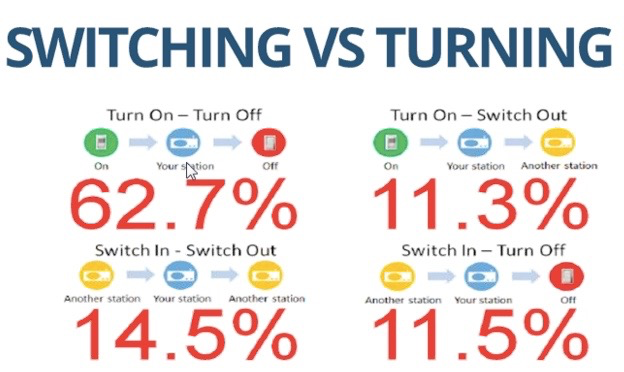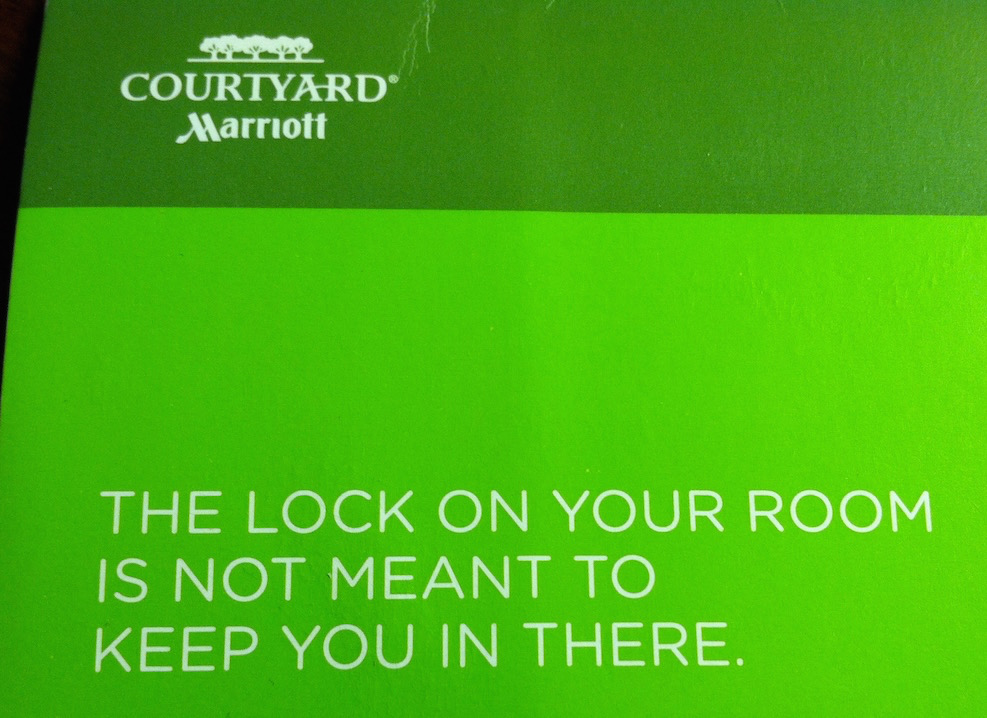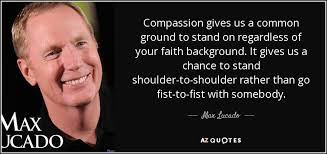They say there are more “religious” radio stations than any other format category. They also say those religious stations have fewer listeners than any other. The reason for that is quite simple.
A radio station cannot grow unless it is designed to grow. And that requires a different kind of thinking. Strategic thinking.
A growth strategy is one that incorporates big picture concepts such as…
Why does the radio station exist?
Who are our listeners?
What do they desire and expect from our station?
Who and where are other people like them?
It’s ironic to me that most Christian radio stations aren’t strategic. Ironic because our Christian faith may be the most strategic thing there is.
Our faith flows from the ultimate big picture. There is a God. He made everything. He created us for a purpose. He desires a relationship with us. Jesus Christ is the focal point of that God-man relationship.
Most Christian radio stations ignore strategy and focus only on the day to day tactics – the songs, the contests, the liners, the deejays. Oh, and reacting to complaints.

Your radio station can be transformed if you’ll answer two simple questions:
What do people want and expect from your station?
How consistently to do you that?
Congratulations! In answering those two questions you’ve begun the journey of thinking strategically.








